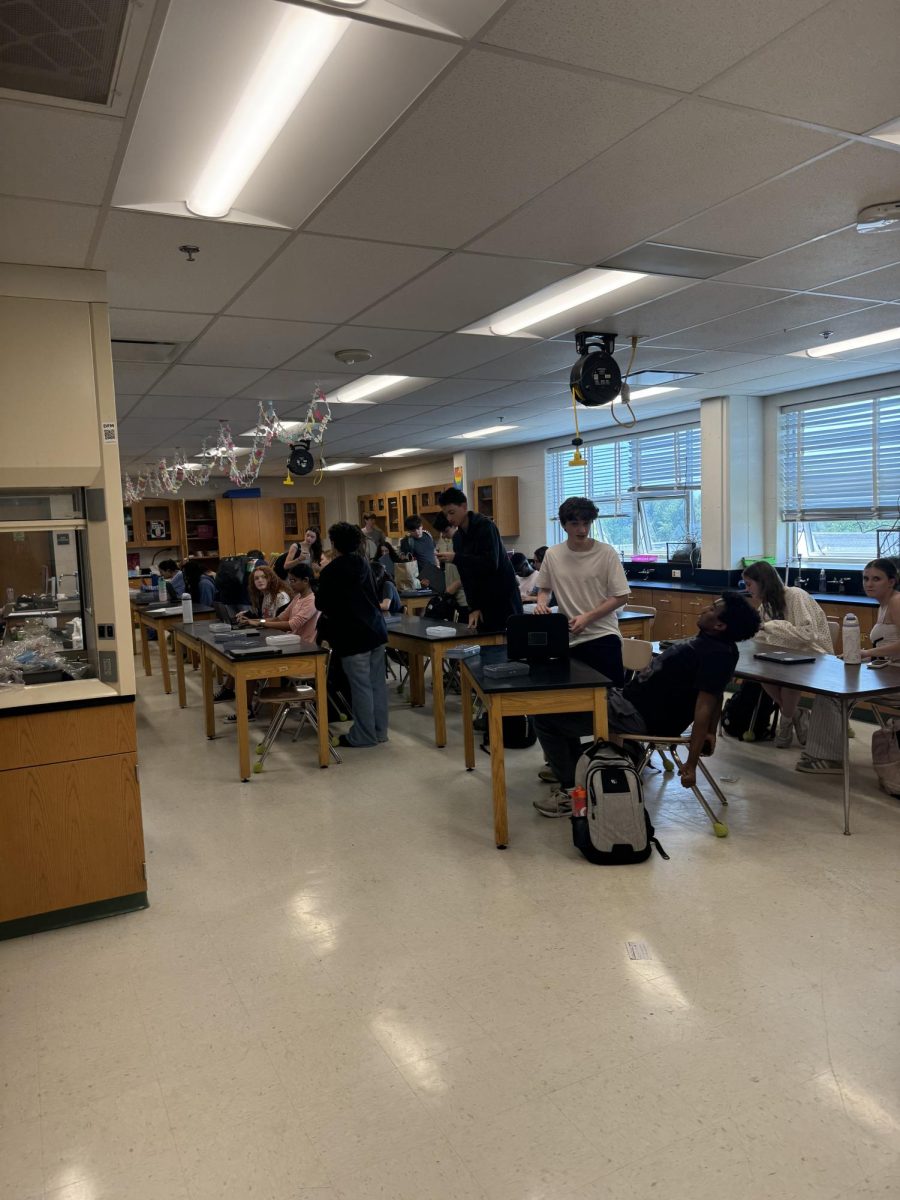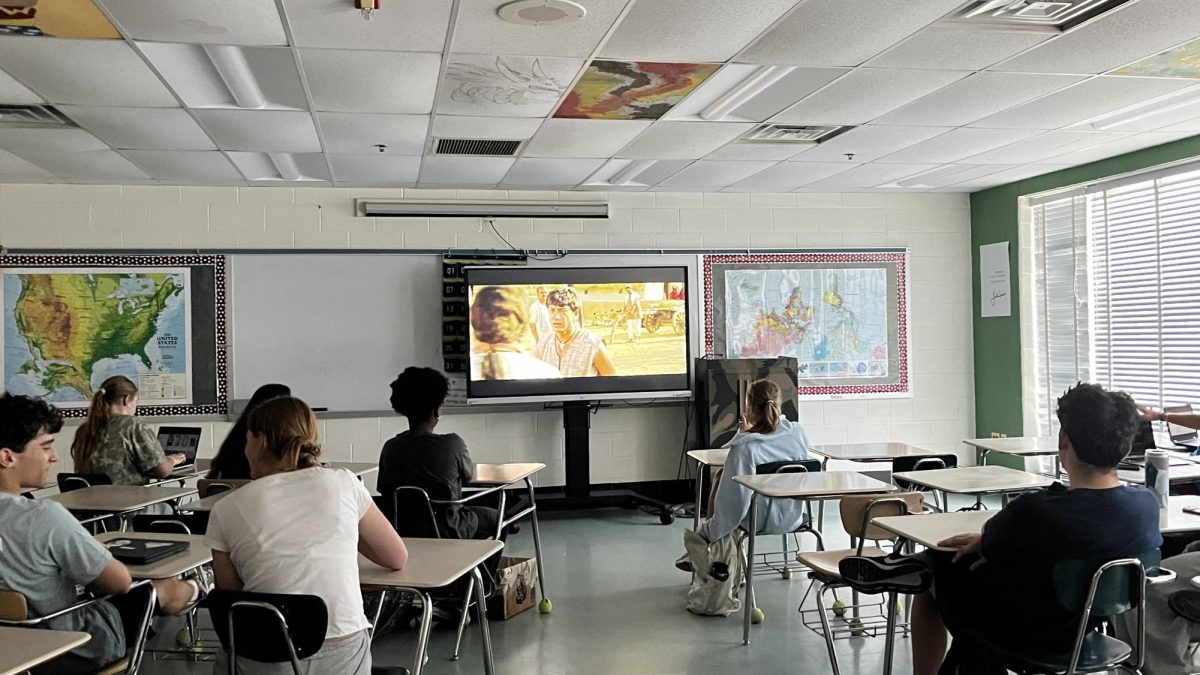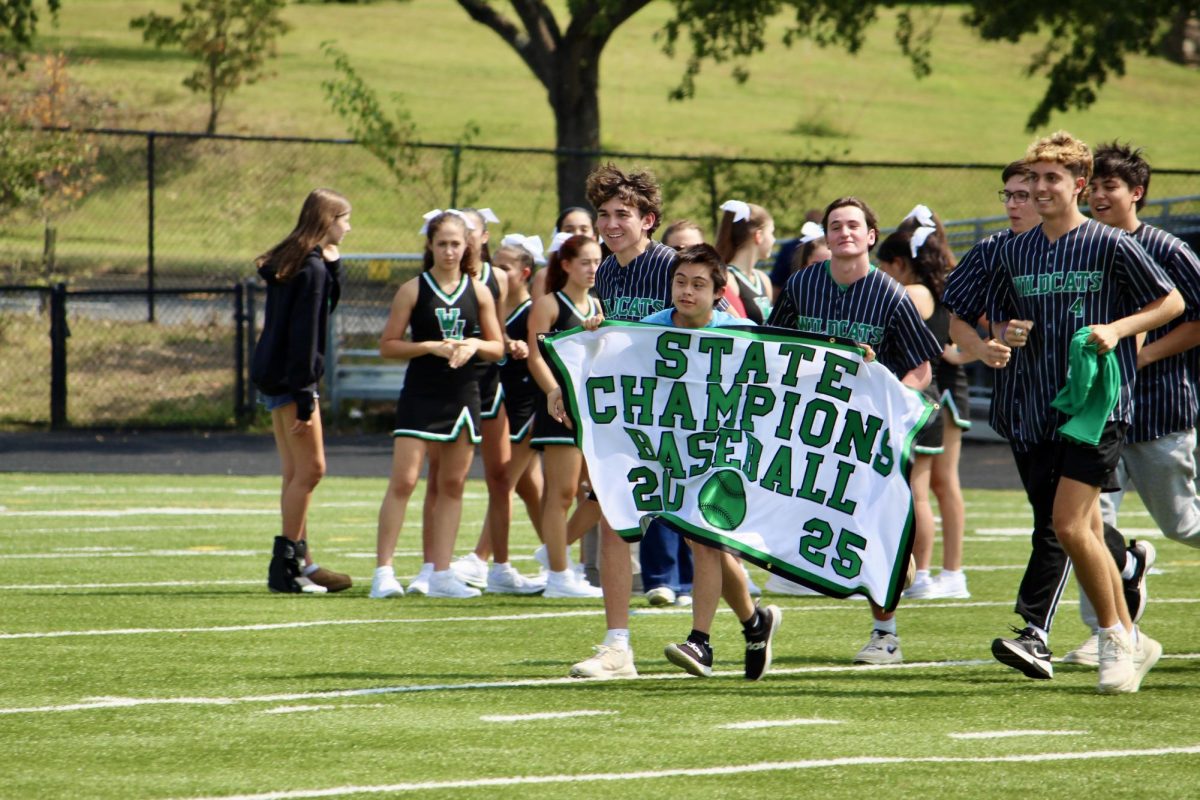Student-run publications such as The Pitch and Spectator Magazine provide engaging content and unique social commentary, yet few students stop to think about the actual process for publication and the different ways content is put out. Within each of these classes, there is a teeming workplace where specific duties are assigned. Students earn grades through published articles and media, and the publication process affords certain students certain levels of responsibility over their peers. For some, their commitment extends further than merely creating content.
Creative Writing and English teacher Alexia Chatfield has served as the advisor for Spectator magazine since 2020. It is a full-year course and there is no prerequisite. The only requirement is grade level, as freshmen are restricted from taking the course.
“We have an executive staff and those students have their specific roles of overseeing. All of the students who aren’t Executive are either on the writing staff, interview staff or art staff and they all have a fair say on what gets into the magazine or online … When selecting an Executive, we do applications and ask for their availability and strengths. We typically give priority to returning students,” Chatfield said.
Spectator students are assigned to either writing, interview or art departments or the “Executive Staff,” composed of positions such as the Head of Art, Head of Writing, Head of Interview, Head of Tech & Design, Head of Business and Editor-In-Chief. The executive staff works together to control the flow of content and whether/where each piece will be published.
“The Spectator staff are very nice and helpful … Mrs. Chatfield did a very nice job choosing and she’s very open to feedback,” Spectator staff junior Mary Manukyan said.
Spectator Magazine and their website field most of their content from their appointed staff, but also accept personal or anonymous submissions. The Executive Staff overlook the content coming out of their particular department. At the same time, the Editor-In-Chief oversees the entire operation and helps with the administrative side of things.
The Pitch follows a slightly different path. After either passing AP Lang (restrictions apply) or completing the traditional pre-requisite course of Journalism 1, students can be enrolled in The Pitch. Journalism 1 graduates apply to work as illustrators/designers, section editors, editorial board members, social media editors or another position for the following year.
“It’s very different from your typical English class, it’s a different style of writing that you have to get accustomed to,” Journalism 1 student junior Ben Kim said.
Pitch content flows from the author to the appropriate section editor for publishing purposes, which varies from opinion, news, sports, multimedia, feature or arts & entertainment. After approval, the piece is given to the editorial board, who must also give the thumbs up. Next, the ball rolls to journalism teacher Wendy Borrelli, who has served as the adviser since 2016, before landing on the desks of the editors-in-chief, who typically have the final say in if/where the piece is published. At any step in the process, the work can be returned for revision as seen fit.
These publications exist as creative outlets for many students and give unique insights into the school, and the effort and time behind each publication are admirable.





















